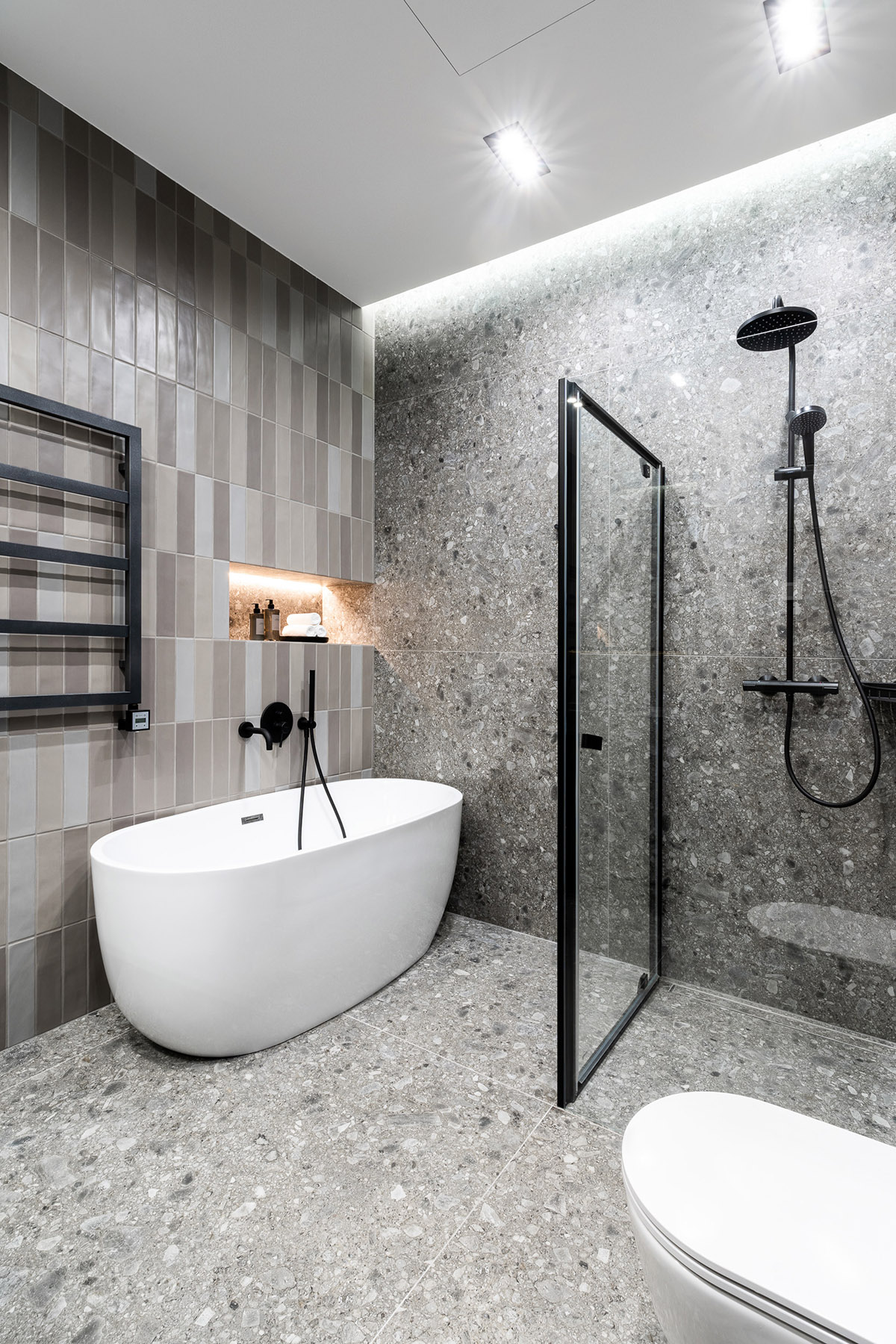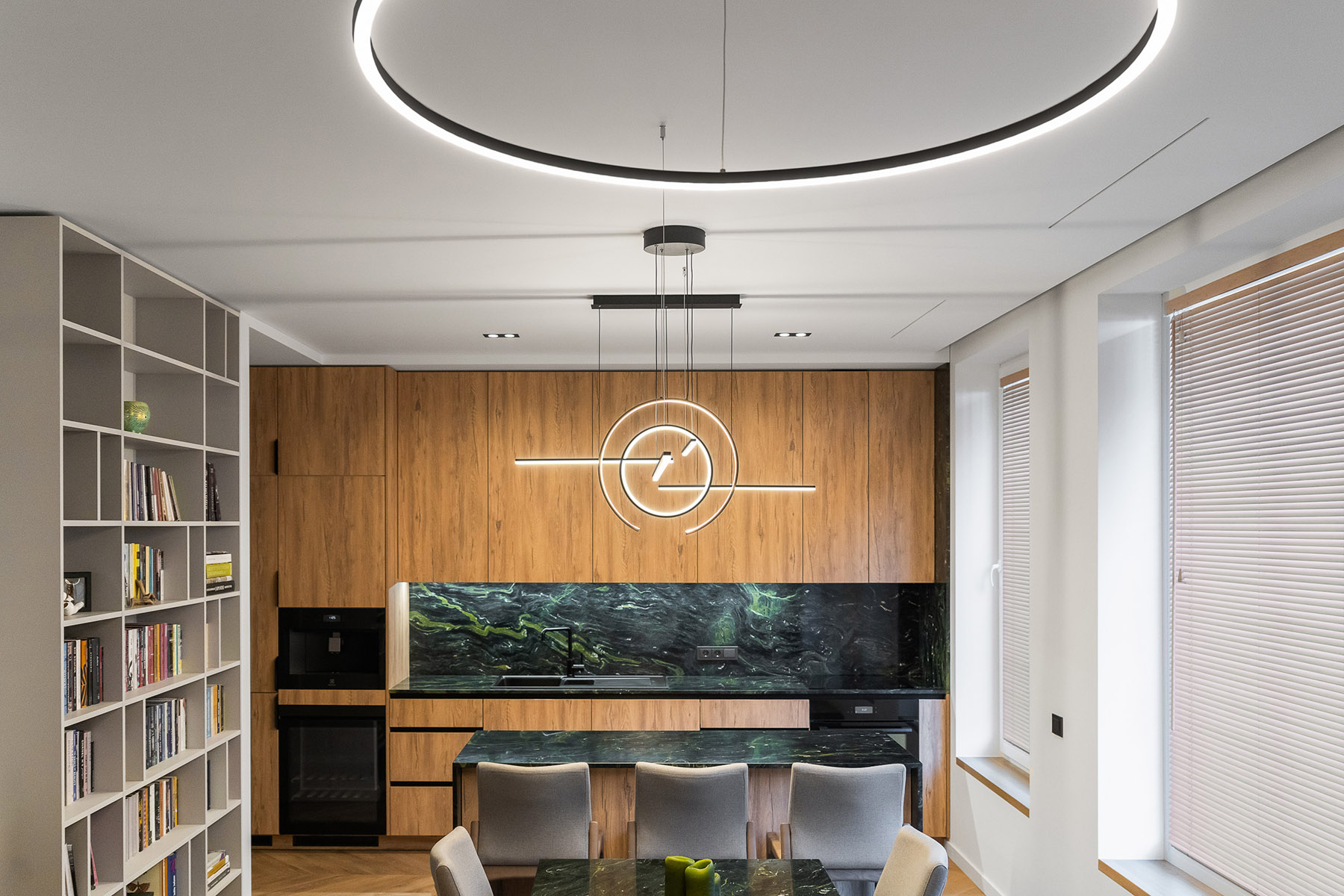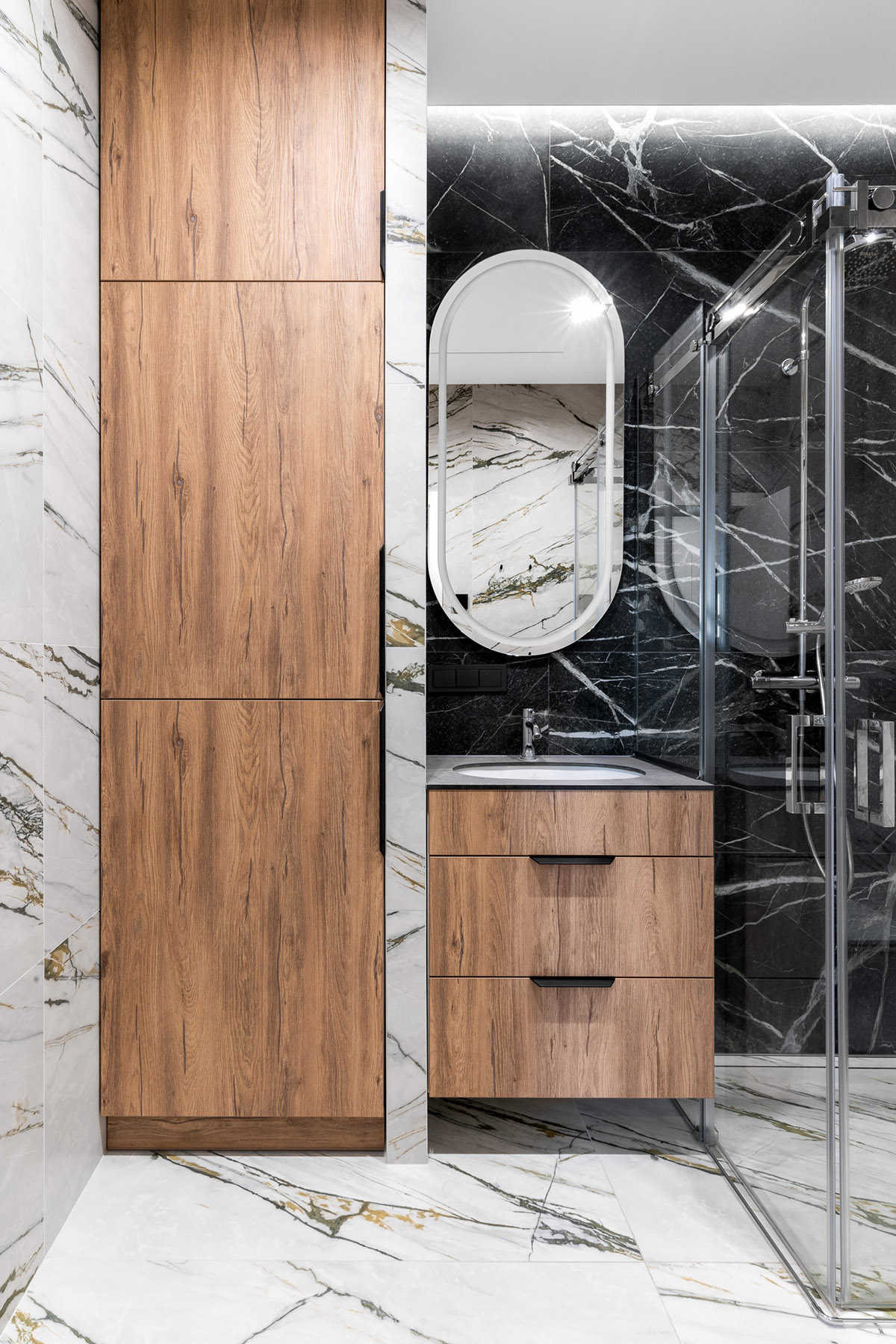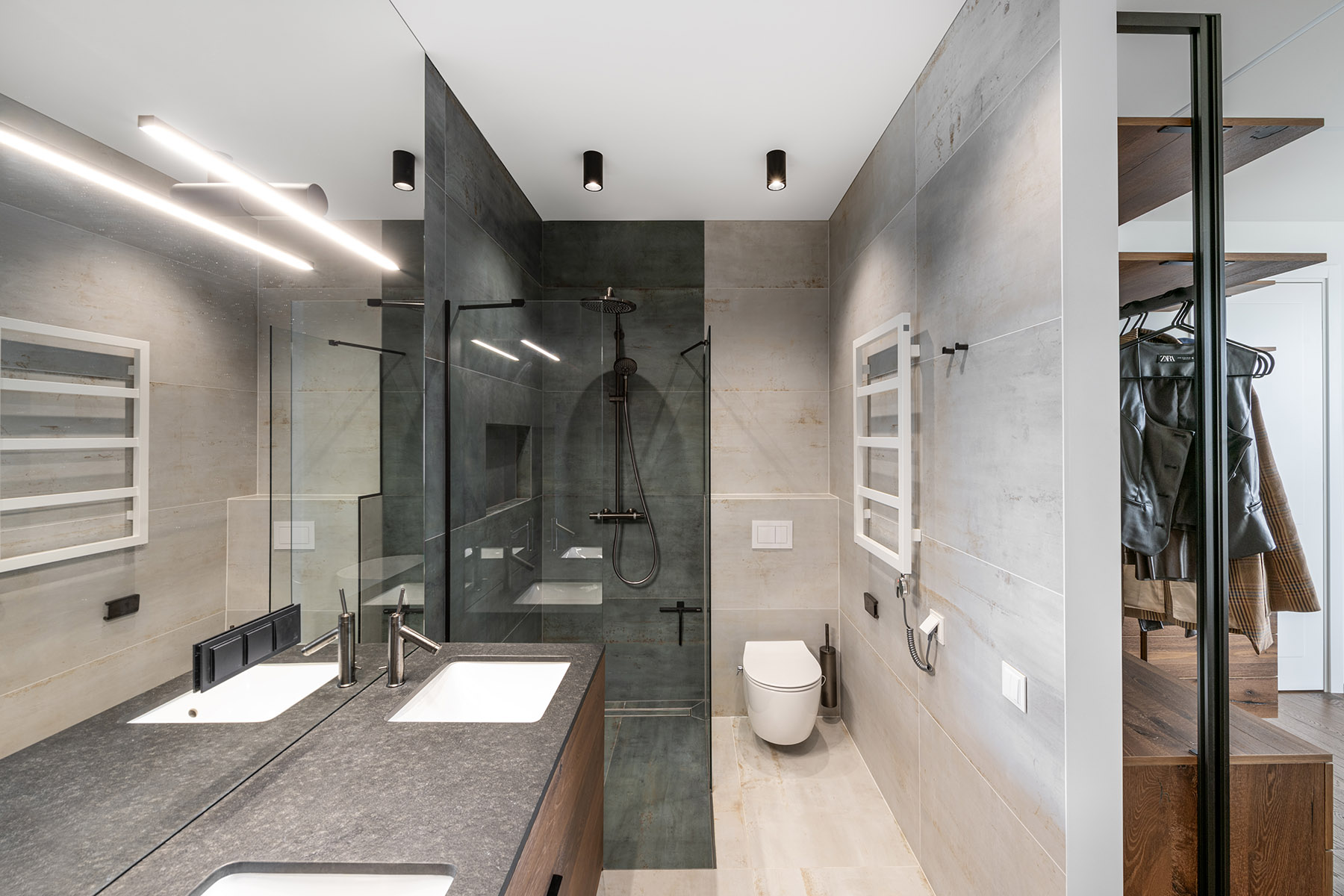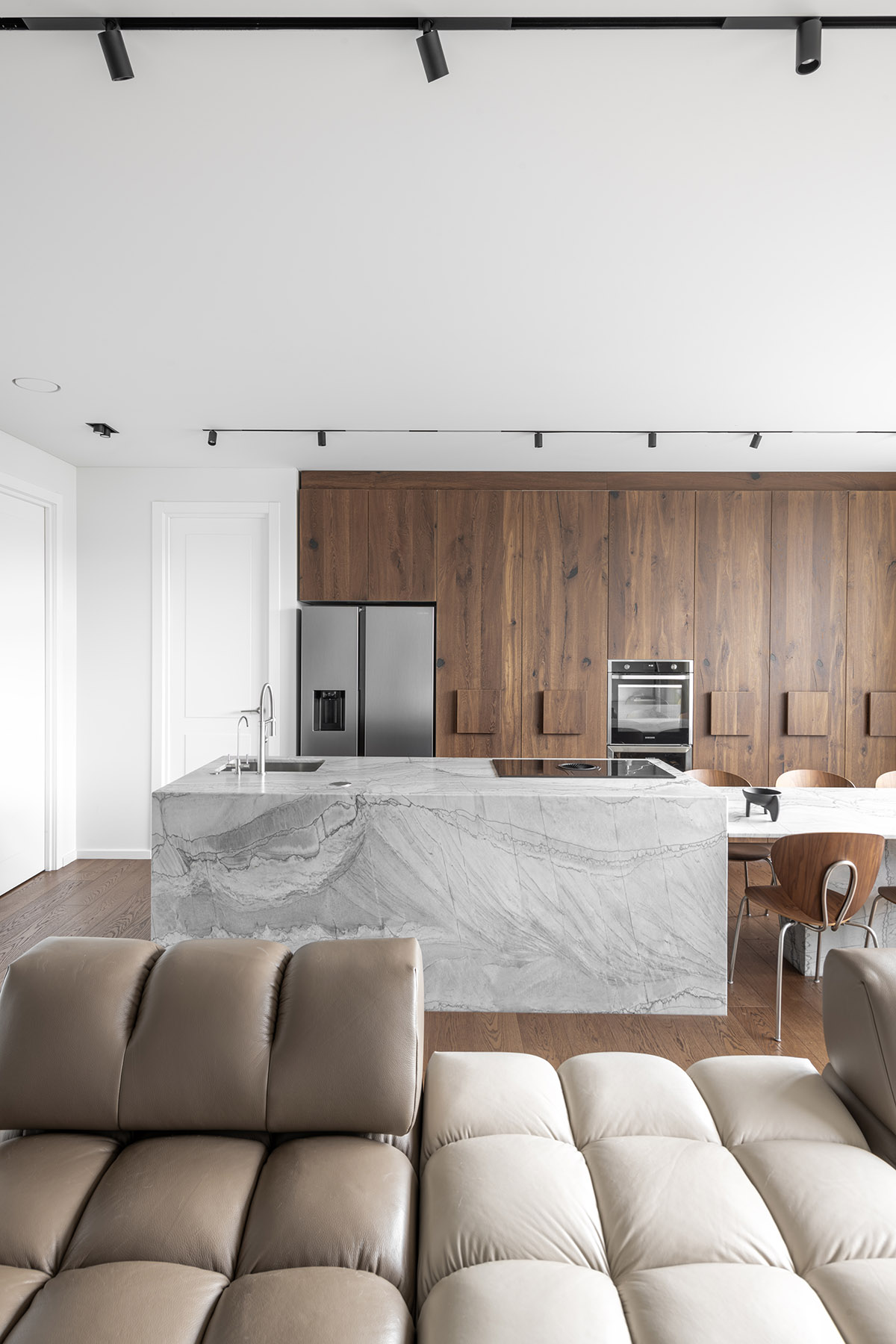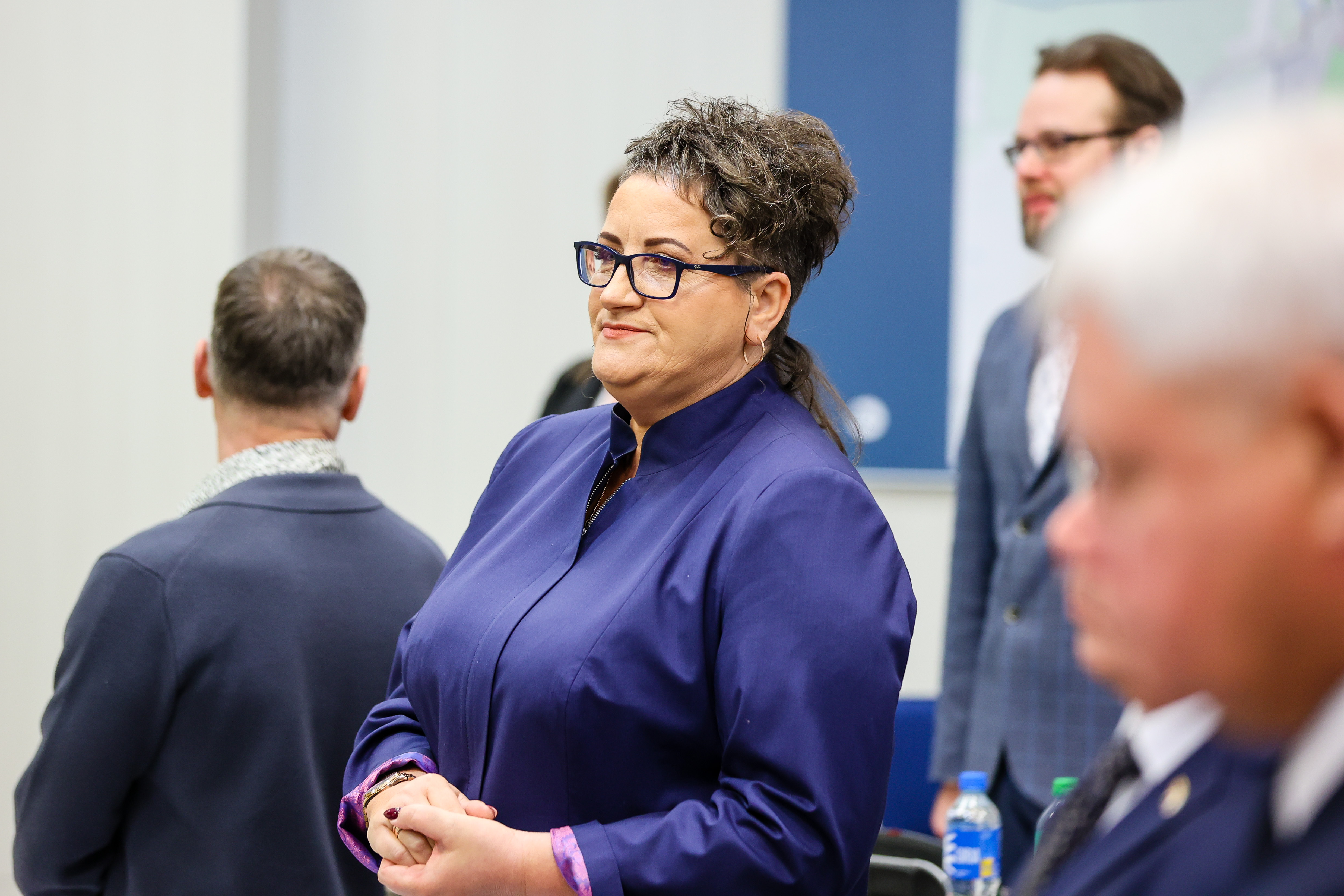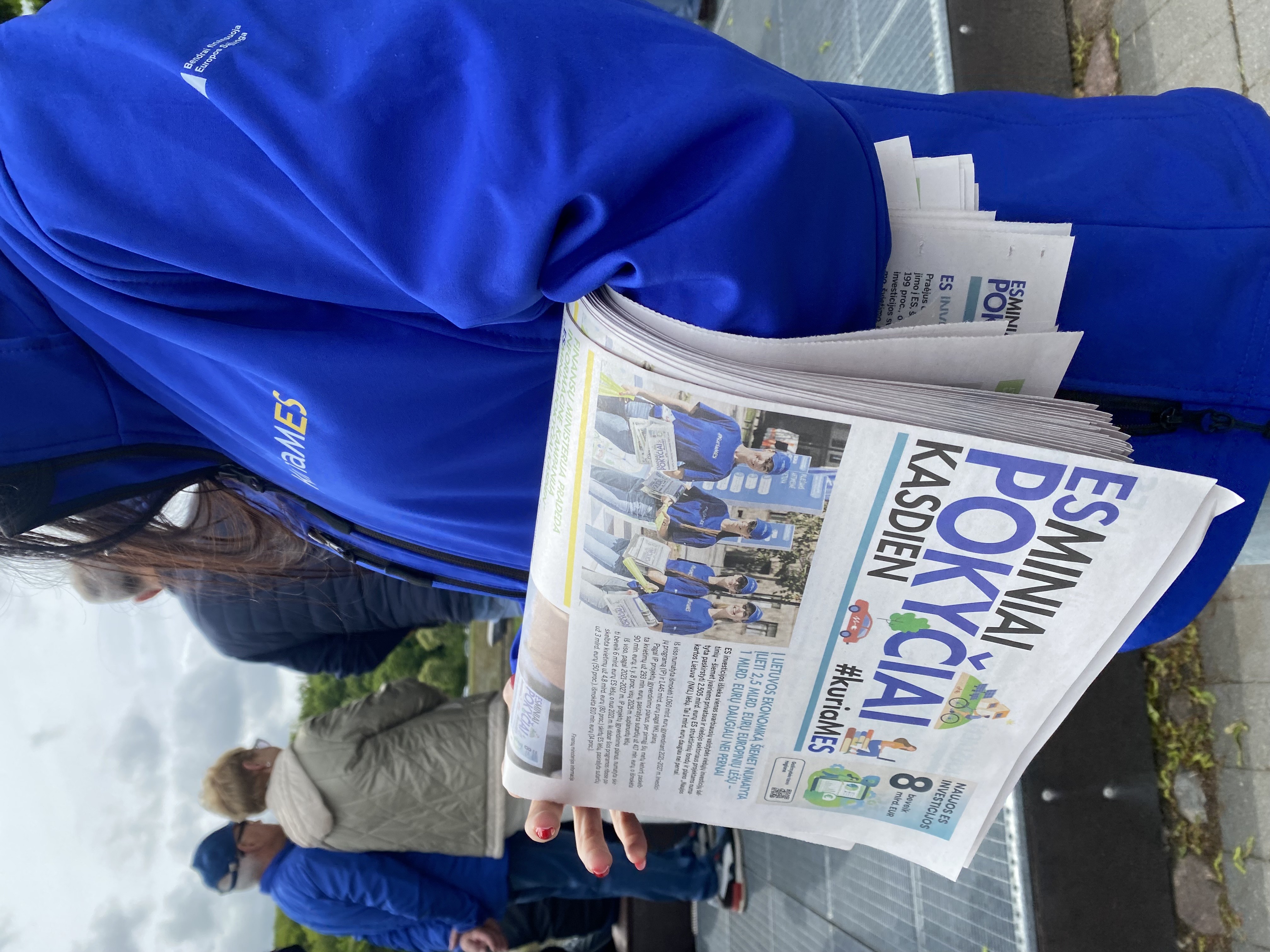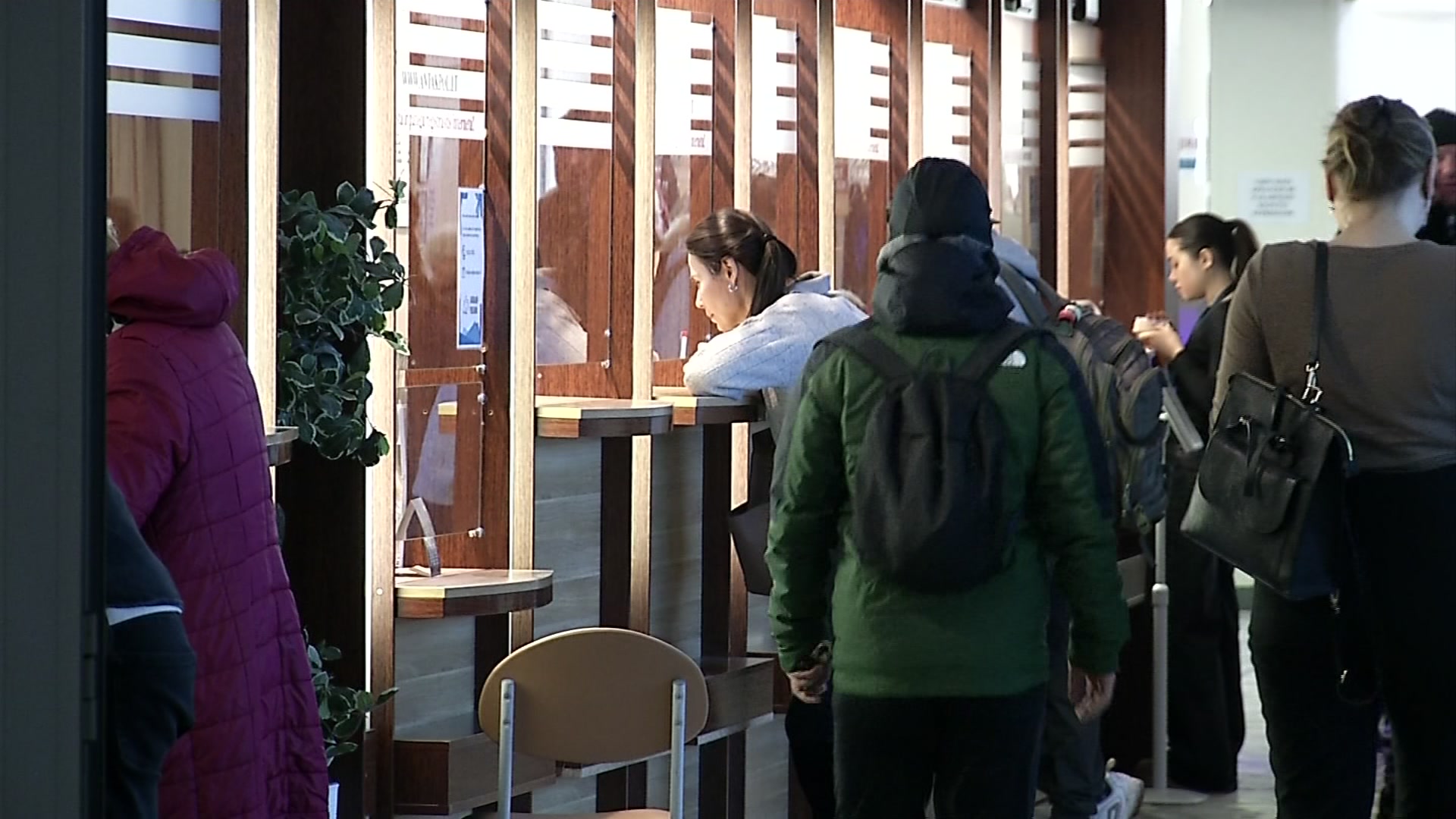Why is a housing installation costs more than we plan – how to avoid it

For the first night, the total price is usually between € 1,000 and € 1,500 per square meter with furniture, decoration, technique and accessories. This interval depends on many factors: the area of the apartment, the quality level, the amount of furniture, the complexity of the bathroom, the choice of suppliers and the work with the interior designer.
« A thousand euros per square meter is a safe average, covering finishes, furniture, textiles, household appliances. Smaller apartment is relatively expensive because fixed costs are in proportion to more, » said Marius Morozovas, interior designer of creative real estate projects and Value company Citus.
Marius Morozov. Photo by Citus
According to the Citus designer, housing installation costs can be divided into two large groups.
The first is finishing and contract work: floor laying, tile bonding, wall painting, electrical installation, door installation, plumbing. This stage includes both materials and works, and its costs usually amount to about 500 Eur/sq. M. m.
When the contractor finishes the work, the manufacture of furniture, choosing household appliances, the purchase of textiles (curtains, carpets), the assembly of mirrors, luminaires and other elements starts and costs equate or even exceed the first phase.
Photo by Citus
« I always say to the client: from the key to getting a cup of coffee in the kitchen you will be in contact with 20 suppliers. The contractor only is involved in the first half of the trip – the second one often has to go to himself or with the help of a designer, » Morozov said.
Fully equipped with a typical 2 -room (40-45 sq. M) apartment will rarely cost less than € 40,000-60,000. Therefore, it is necessary to plan at least 1 000 Eur/sq. M. m budget – otherwise the risk of exceeding the expenses is very high.
Two areas often « eat » most of the budget:
1. Bathroom is the most technically complex space. Its installation can amount to up to 20 percent. budget.
Photo by Citus
2. Furniture manufactured is the second large expenditure segment. Frequent houses require 8 to 10 cabinet furniture, which is easy to 20-30 %. total installation prices.
Photo by Citus
Why do we often underestimate the true price and try to save money where we should?
Sometimes we imagine that 500 Eur/sq. M. m, however, we underestimate that finishing is only part of the work, each trifle costs, and the demand for furniture and interior elements is growing in the course.
« Paradox: We plan one amount, but in a few positions, this amount exceeds 20-30 %, the total cost increases at least half. It often happens simply simply because we choose more expensive goods or non -standard solutions, which is difficult to evaluate immediately, » the interior specialist emphasized.
Photo by Citus
Example: If standard tiles have been provided for EUR 1 000 but we choose larger ones for EUR 1,500 and their installation costs an additional EUR 300 – the budget grows by 80 % in one position. The amounts do not look large, but the total amount is increased by several thousand as the situation repeats the situation.
If we look at interior installation, following stereotypes or unscrewed attitudes, they can become expensive mistakes, said the Citus expert and presented the most common myths:
1. « I will buy furniture little by little when I live. » If we hope to move into a home with essential furniture (bed, table, kitchen), and the rest gradually purchased, such a model can determine the lack of functional solutions, lose integrity and eventually overpaid. When buying single furniture from different suppliers, we lose the ability to get volume discounts.
Photo by Citus
2. « What difference, what a luminaire is, most importantly the function ». Lighting is often underestimated as a minor part of the interior, but it has a strong effect on aesthetics and daily comfort. The poor planning will require additional investment later, from the replacement of light sources to the reorganization of the installation.
3. « In Poland or online will be cheaper ». In some cases, this is true, but often the goods do not meet expectations, it looks different on the screen than in reality, it takes longer to delivery. More importantly, the management of claims and guarantees becomes difficult.
4. « Floors and doors – only technical elements, cheaper ». This is one of the most used and visible parts of the interior. Cheap, non -resistant products wear faster, so you have to change.
5. « I will choose the cheapest; after all, you can’t see. » The concealed system or pipelines are not really visible, but their quality determines the durability of the dwelling. Leakage or system failure can cause not only inconvenience but also high costs – especially if finishing or neighbors’ housing is damaged.
6. « Designers – Luxury, I can. » At first glance, self -design helps save. But in reality – without a clear plan, vision, technical drawings and suppliers management, we often over pay for inefficiency or subsequent correction.
Photo by Citus
7. « It is easier and cheaper here. » Simplicity is not always cheap. Large tiles, panels, « simple » design furniture often require non -standard installation or special materials. For example, a « simple » flooring can require additional base leveling, which is more expensive.
« Is it possible to save without losing quality? Budget control begins with an exact estimate. When we count everything to the details, we can compare prices and negotiate with suppliers. Precision planning allows you to save without compromise, » said the Citus designer.
Photo by Citus
Savings must be strategically justified:
1. Estate the estimate and compete. When each part of the installation has a clear amount, it is possible to contact several suppliers and save 10-20 %.
2. If the supplier offers both floors and tiles, use this option – you can expect discounts.
3. Those with experience can assemble and install some of the furniture themselves. However, carefully – a mistake can cost more than you will save. The alternative is to combine furniture production with standard solutions from quality furniture salons.
« The number of suppliers also leads to risks. The more of them, the more delivery, mistakes, time costs. Choose suppliers offering more solutions from one hand, » Morozov advised.
Photo by Citus
When is it worth hiring an interior designer?
While hiring a designer means additional costs, in reality it often helps save.
« The designer is not just a stylist. He also becomes a budget guard, a supplier coordinator, a problem solving. The result is more forecast and often cheaper than trying to do everything himself, » Morozov emphasized.
• Designers have long -term relationships with suppliers and can offer better prices.
• They help to maintain the integrity of the interior – stylistically, technically, functionally.
• Evaluates where it is worth saving and where it is necessary to invest.
• Take responsibility for the whole project, documentation – you have less stress.
Housing installation is a complex process, each solution has both financial and functional and aesthetic value. The most common mistakes – too low budget, non -compliance, too much suppliers, lack of integrity and late preparation – can be avoided by planning in advance and by professional.
« The most important thing is to start the installation with a clear vision, an accurate budget and a realistic approach. Only then will the home not only become a beautiful but also functional and long -term solution to enjoy for many years, » Citus interior designer M. Morozov summarized.


